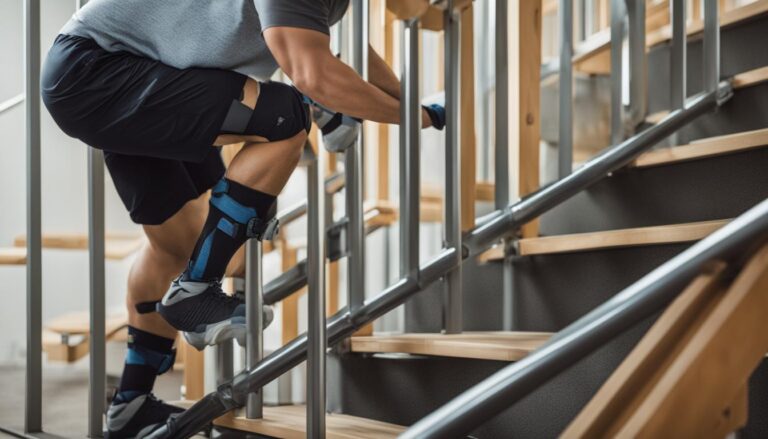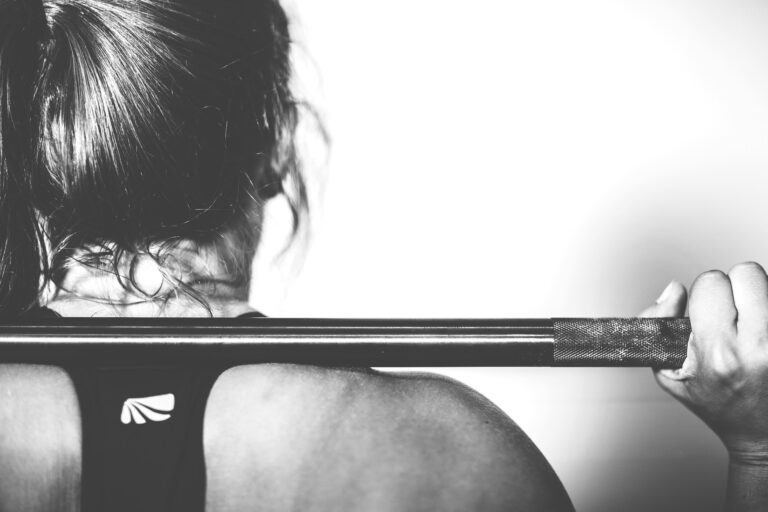Athletes’ diets do not meet the Healthy Eating Index
Diet quality of NCAA Division I athletes assessed by the Healthy Eating Index
Werner EN, Robinson CA, Kerver JM, Pivarnik JM. J Am Coll Health. 2022 May 27:1-7. doi: 10.1080/07448481.2022.2076102. E-publishing prior to printing. PMID: 35623046.
https://www.tandfonline.com/doi/abs/10.1080/
Take home message
Division I collegiate athletes reported poor diet quality.
Background
Collegiate athletes must balance a full course load with a rigorous training program. Therefore, priority should be given to promoting physical, cognitive and mental well-being. One way to promote academic and physical performance is by optimizing nutrition. However, we need a better understanding of the quality of their diets before we can offer nutrition education to collegiate athletes.
Study aim
The authors evaluated a sample of NCAA Division I college athletes to determine their nutritional intake and quality.
Methods
The researchers surveyed 94 college athletes (78% women, 19 different varsity teams) at a Division I university. The athletes completed the Automated Self-Administered 24-hour (ASA24) Dietary Assessment Tool between March and June 2020 – before returning to campus following the initial COVID-19 outbreak. The athletes completed information on the ASA24 regarding the foods consumed at each meal/snack, cooking methods, portion size and ingredients. They were also given prompts to review forgotten items. The athletes also answered a question about whether this day was the usual intake, less than normal or more than usual intake. The authors used these answers to calculate the Healthy Eating Index (HEI). The Healthy Eating Index is divided into 13 components to assess overall diet quality, including the adequacy of necessary nutrition (fruits, vegetables, proteins, fatty acids) and moderation of other foods (refined grains, added sugars, saturated fats). A total possible score is 100 (grade A > 90, grade B = 80-89, grade C = 70-79, grade D = 60-69, and grade G <50).
Results
Most athletes reported being from underclassmen (59%), majoring in a non-health field (65%), and taking some nutrition courses from high school or college (59%). Athletes typically competed in crew (25%), cross country (19%), soccer (11%), or swimming and diving (11%). Overall, men reported higher calorie intake (3299) than women (~2224). The mean Healthy Eating Index score was ~59 (range: 27-94). Only nine athletes (10%) scored 80 or better. The authors found no differences in diet quality by gender, class, field of study or sport.
Viewpoints
In general, athletes reported poor nutrition. Only nine athletes reported diets that received a B or higher. Therefore, most athletes do not meet the nutritional quality standards set in the Dietary Guidelines, let alone the nutritional recommendations for athletes. However, it is critical to assess whether these dietary patterns can be replicated in a larger sample of college athletes at different times during their collegiate careers (e.g., preseason, preseason, in-season, off-season). The authors focused on dietary patterns in this study when the athletes were off campus at a unique time due to the pandemic. It would also be useful for future researchers to examine individual nutritional needs, dietary/cooking autonomy, and socioeconomic barriers, which could help explain poor diet quality. Despite the challenges in generalizing these findings to other athletic populations, this study should raise awareness that we need to take a closer look at the nutrition of our athletes.
Clinical implications
Despite the challenges of applying these results to other athletic populations, clinicians should become more aware of the need to take a closer look at the nutrition of our athletes. We may need to work with nutritionists to develop educational interventions that discuss the best strategies for good nutrition at home and at school to optimize health and performance inside and outside the classroom.
Questions for discussion
Do you discuss and assess nutritional results with your athletes? If so, what do you use to educate your athletes, and what metrics do you use to assess quality?
related posts
- Position Statement of the Academy of Nutrition and Dietetics, Dietitians of Canada and the American College of Sports Medicine: Nutrition and Athletic Performance
- Sports Dietitians Australia position statement: Nutrition for exercise in hot environments
- IOC consensus statement: nutritional supplements and the elite athlete
Written by: Jane McDevitt
Review by: Jeffrey Driban





